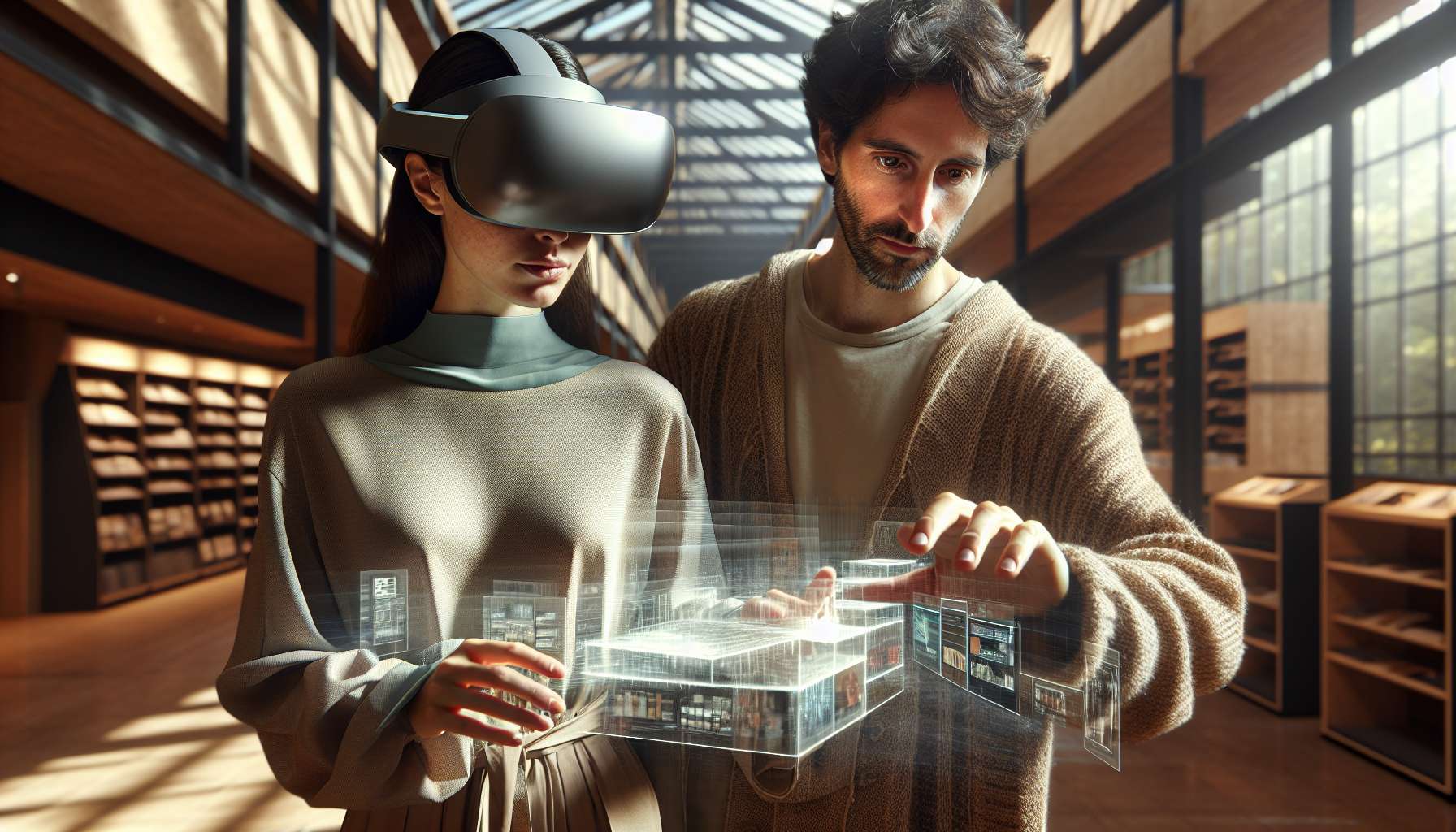Unlocking the Potential of Augmented Reality for Retail Space Planning
As technology continues to evolve, businesses are constantly seeking innovative ways to enhance their operations and improve customer experiences. One such technology that has gained significant attention in recent years is augmented reality (AR). With its ability to overlay digital information onto the real world, AR has the potential to revolutionize various industries, including retail space planning.
What is AR for Space Planning in Retail?
AR for space planning in retail refers to the use of augmented reality technology to visualize and design retail spaces. By leveraging AR, retailers can create virtual representations of their physical stores, allowing them to experiment with different layouts, product placements, and customer flow. This technology enables retailers to make informed decisions about store design and optimize the shopping experience for their customers.
The Benefits of AR in Retail Space Planning
1. Enhanced Visualization: Traditional methods of retail space planning often rely on 2D floor plans and static images. AR takes this a step further by providing a dynamic and immersive experience. Retailers can walk through virtual store layouts, seeing how different design elements interact and impact the overall feel of the space. This enhanced visualization helps retailers make more informed decisions about store design and layout.
2. Efficient Iterations: With AR, retailers can quickly iterate and experiment with different store layouts without the need for physical prototypes. This saves time and resources, allowing retailers to test multiple design options and make adjustments on the fly. By streamlining the design process, retailers can optimize their store layouts to maximize sales and customer satisfaction.
3. Personalized Customer Experiences: AR can also be used to create personalized customer experiences within retail spaces. By integrating customer data and AR technology, retailers can provide tailored recommendations, product information, and promotions to individual shoppers. This level of personalization enhances the overall shopping experience and increases customer engagement.
Real-World Examples
Several retailers have already embraced AR for space planning and are reaping the benefits:
- IKEA: The furniture giant offers an AR app that allows customers to visualize how furniture will look in their homes before making a purchase. This not only helps customers make more informed buying decisions but also reduces the likelihood of returns.
- Lowe’s: The home improvement retailer utilizes AR to assist customers with home improvement projects. Their AR app enables customers to visualize how different paint colors, appliances, and fixtures will look in their homes, making the decision-making process easier and more enjoyable.
- Warby Parker: The eyewear retailer uses AR to enable customers to virtually try on glasses. By overlaying virtual glasses onto the customer’s face, Warby Parker eliminates the need for physical try-ons, making the shopping experience more convenient and efficient.
The Future of AR in Retail Space Planning
The potential applications of AR in retail space planning are vast and exciting. As technology continues to advance, we can expect to see even more innovative uses of AR in the retail industry. Here are a few possibilities:
- Interactive Product Displays: AR can be used to create interactive product displays that provide customers with detailed information, reviews, and demonstrations. This immersive experience can help customers make more informed purchasing decisions.
- Virtual Fitting Rooms: AR can revolutionize the way customers try on clothes by creating virtual fitting rooms. Customers can see how different outfits will look on them without physically trying them on, saving time and improving the overall shopping experience.
- Smart Shelf Technology: AR can be integrated into store shelves to provide real-time product information, pricing, and availability. This technology can help retailers optimize inventory management and improve the overall shopping experience.
As AR technology continues to evolve and become more accessible, retailers have a unique opportunity to leverage its potential for retail space planning. By embracing AR, retailers can create more engaging and personalized shopping experiences, optimize store layouts, and ultimately drive business growth. The future of retail space planning is here, and it’s augmented reality.





